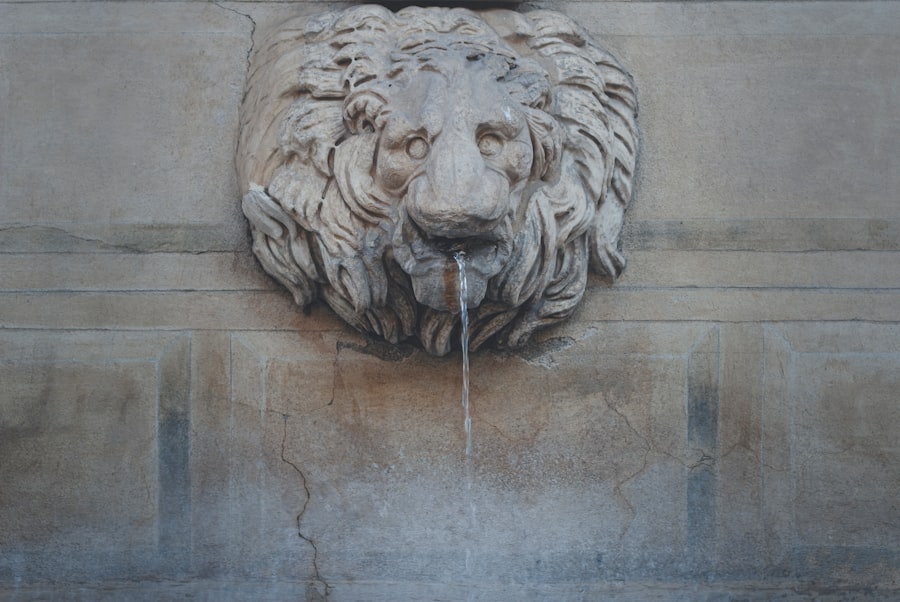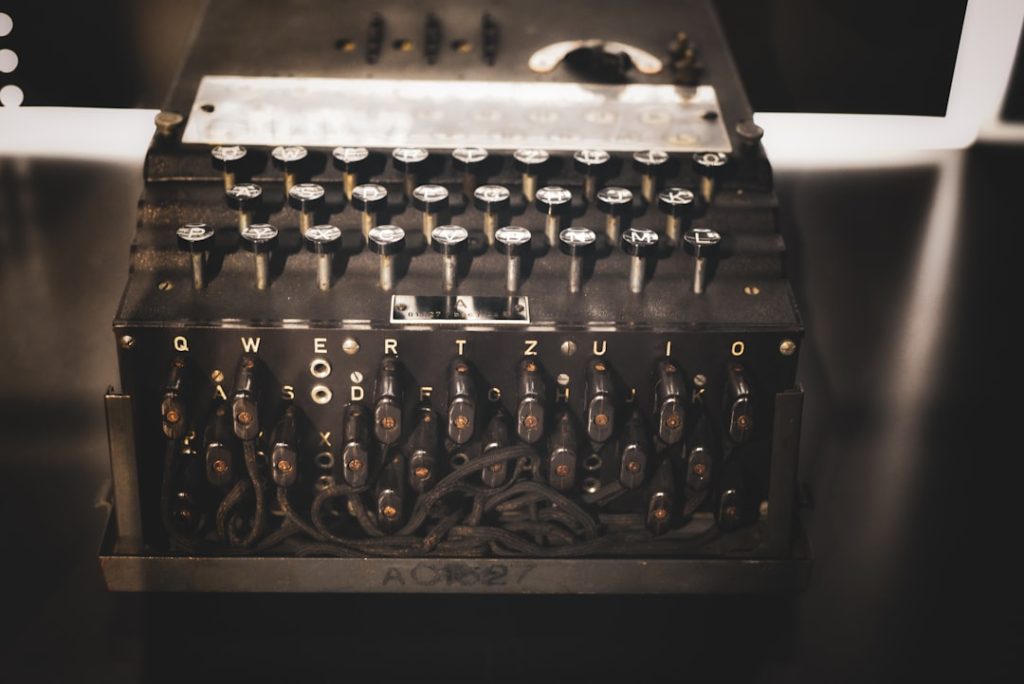When you delve into the history of organized crime, you uncover a complex tapestry woven with ambition, power, and illicit activities. Organized crime has roots that stretch back centuries, but it gained significant traction in the United States during the late 19th and early 20th centuries. As waves of immigrants arrived on American shores, they brought with them not only their hopes for a better life but also the cultural practices and social structures from their homelands.
In many cases, these communities faced discrimination and exclusion from mainstream society, which led to the formation of underground networks that provided protection and services outside the law. As you explore this history, you will find that organized crime evolved in response to societal changes. The rise of urban centers created opportunities for criminal enterprises to flourish.
Gangs formed in cities like New York, Chicago, and New Orleans, often rooted in ethnic identities. These groups engaged in various illegal activities, including extortion, racketeering, and smuggling. The Prohibition era, which began in 1920, marked a significant turning point.
With the sale of alcohol banned, organized crime syndicates seized the opportunity to control the lucrative black market for liquor. This period not only solidified the power of mobsters but also laid the groundwork for the complex relationships between organized crime and legitimate businesses.
Key Takeaways
- Organized crime has a long and complex history, with roots dating back to the 19th century.
- The Mob Museum offers interactive exhibits and artifacts that bring the history of organized crime to life for visitors.
- Organized crime has had a significant impact on American society, influencing everything from politics to popular culture.
- Law enforcement plays a crucial role in combating organized crime, often engaging in high-stakes battles with notorious figures.
- The Prohibition era was a turning point for organized crime, leading to the rise of infamous figures and criminal enterprises.
Interactive Exhibits and Artifacts
Visiting a museum dedicated to organized crime can be an eye-opening experience, especially when you encounter interactive exhibits and artifacts that bring history to life. Imagine stepping into a recreated speakeasy, where you can hear the sounds of jazz music and feel the atmosphere of the Roaring Twenties. These immersive experiences allow you to engage with history in a way that traditional exhibits cannot.
You might find yourself trying your hand at a virtual slot machine or participating in a mock trial that explores the legal battles faced by notorious mobsters. Artifacts play a crucial role in telling the story of organized crime. As you walk through the museum, you may come across items such as vintage firearms used in infamous gangland shootouts or original documents detailing criminal enterprises.
Each artifact has its own story to tell, providing insight into the lives of those involved in organized crime. You might even see personal belongings of notorious figures, giving you a glimpse into their world and the choices they made. These tangible connections to the past can deepen your understanding of how organized crime has shaped society.
The Impact of Organized Crime on American Society

The influence of organized crime on American society is profound and multifaceted. As you consider its impact, you may realize that it extends beyond mere criminal activities; it has shaped cultural norms, economic structures, and even political landscapes. Organized crime has often filled voids left by legitimate institutions, providing services and support to communities that felt neglected by the government.
In some neighborhoods, mobsters became local heroes, offering protection and financial assistance to those in need. However, this influence is not without its darker consequences. Organized crime has perpetuated cycles of violence and corruption that have plagued cities for decades.
The infiltration of legitimate businesses by criminal organizations has led to widespread corruption within law enforcement and government agencies. As you reflect on this duality, you may find yourself grappling with questions about morality and justice. The allure of power and wealth can be intoxicating, but it often comes at a steep price for society as a whole.
The Role of Law Enforcement in Combating Organized Crime
As organized crime evolved, so too did the strategies employed by law enforcement to combat it. You might be surprised to learn that early efforts to tackle organized crime were often hampered by corruption within police departments and political systems. However, as public awareness grew and the consequences of organized crime became more apparent, law enforcement agencies began to take more aggressive measures.
The establishment of specialized units focused on organized crime investigations marked a significant shift in approach. Today, law enforcement agencies employ a range of tactics to dismantle criminal organizations. You may find it fascinating that techniques such as wiretapping, undercover operations, and intelligence sharing between agencies have become standard practices in combating organized crime.
The collaboration between federal, state, and local law enforcement has proven essential in addressing the complexities of these criminal enterprises. As you consider these efforts, it becomes clear that combating organized crime is not just about arresting individuals; it requires a comprehensive understanding of the networks and systems that sustain these organizations.
The Notorious Figures of Organized Crime
The world of organized crime is populated by larger-than-life figures whose stories have captivated the public imagination for decades. As you explore this realm, you will encounter notorious mobsters like Al Capone, John Gotti, and Lucky Luciano—each leaving an indelible mark on history. These individuals often operated with a code of silence known as “omertà,” which added an air of mystique to their lives.
You may find yourself intrigued by their rise to power and the intricate webs they wove within their criminal enterprises. The allure of these figures extends beyond their criminal activities; they have become cultural icons in their own right. Movies, television shows, and books have romanticized their lives, often blurring the lines between heroism and villainy.
As you reflect on their legacies, consider how these portrayals shape public perception of organized crime. While some view them as antiheroes fighting against a corrupt system, others see them as ruthless criminals who perpetuated violence and suffering. This duality invites you to think critically about how society grapples with its fascination for such figures.
The Prohibition Era and its Influence on Organized Crime

The Prohibition era stands as a pivotal moment in the history of organized crime in America. When the 18th Amendment was enacted in 1920, it aimed to curb alcohol consumption but inadvertently created a fertile ground for criminal enterprises to thrive. As you delve into this period, you will discover how bootlegging operations became immensely profitable for organized crime syndicates.
The demand for illegal alcohol led to fierce competition among rival gangs, resulting in violent turf wars that captured headlines across the nation. The impact of Prohibition extended beyond mere economics; it fundamentally altered societal attitudes toward law enforcement and governance. Many citizens viewed the law as unjust and chose to support illegal activities rather than comply with it.
This shift in perspective allowed organized crime to gain legitimacy in some communities, as mobsters provided not only alcohol but also social services that were lacking from legitimate institutions. As you reflect on this era’s legacy, consider how it laid the groundwork for future generations of organized crime and shaped public perceptions of legality and morality.
The Mob Museum’s Unique Architecture and Design
As you approach the Mob Museum, you’ll be struck by its unique architecture—a blend of historic preservation and modern design that reflects its subject matter. Housed in a former U.S. Post Office and Courthouse building in Las Vegas, the museum’s exterior pays homage to its storied past while inviting curiosity about the world within.
The juxtaposition of old and new symbolizes the ongoing dialogue between history and contemporary society regarding organized crime. Inside, the design continues to captivate visitors with its thoughtful layout and engaging displays. You may find yourself wandering through immersive environments that recreate significant moments in organized crime history.
The use of multimedia presentations enhances your experience, allowing you to engage with stories through video clips, interactive screens, and audio recordings. This innovative approach not only educates but also entertains, making your visit both informative and memorable.
The Importance of Preserving and Educating about Organized Crime History
Preserving the history of organized crime is essential for understanding its impact on society and preventing similar patterns from emerging in the future. As you consider this importance, think about how knowledge can empower individuals and communities to recognize the signs of corruption and criminal influence. By studying the past, you gain insights into human behavior—what drives individuals toward crime and how societal conditions can foster such environments.
Education plays a crucial role in this preservation effort. Museums like the Mob Museum serve as vital resources for learning about organized crime’s complexities while fostering discussions about ethics, justice, and community responsibility. As you engage with this history, you become part of a larger conversation about accountability and resilience in the face of adversity.
By understanding organized crime’s legacy, you contribute to a more informed society that can navigate contemporary challenges with greater awareness and insight. In conclusion, exploring the multifaceted world of organized crime reveals not only its historical significance but also its ongoing relevance in today’s society. From its origins to its impact on culture and law enforcement efforts, each aspect invites reflection on morality, power dynamics, and community resilience.
As you engage with this rich history through interactive exhibits and artifacts, consider how your understanding can shape conversations about justice and accountability moving forward.


